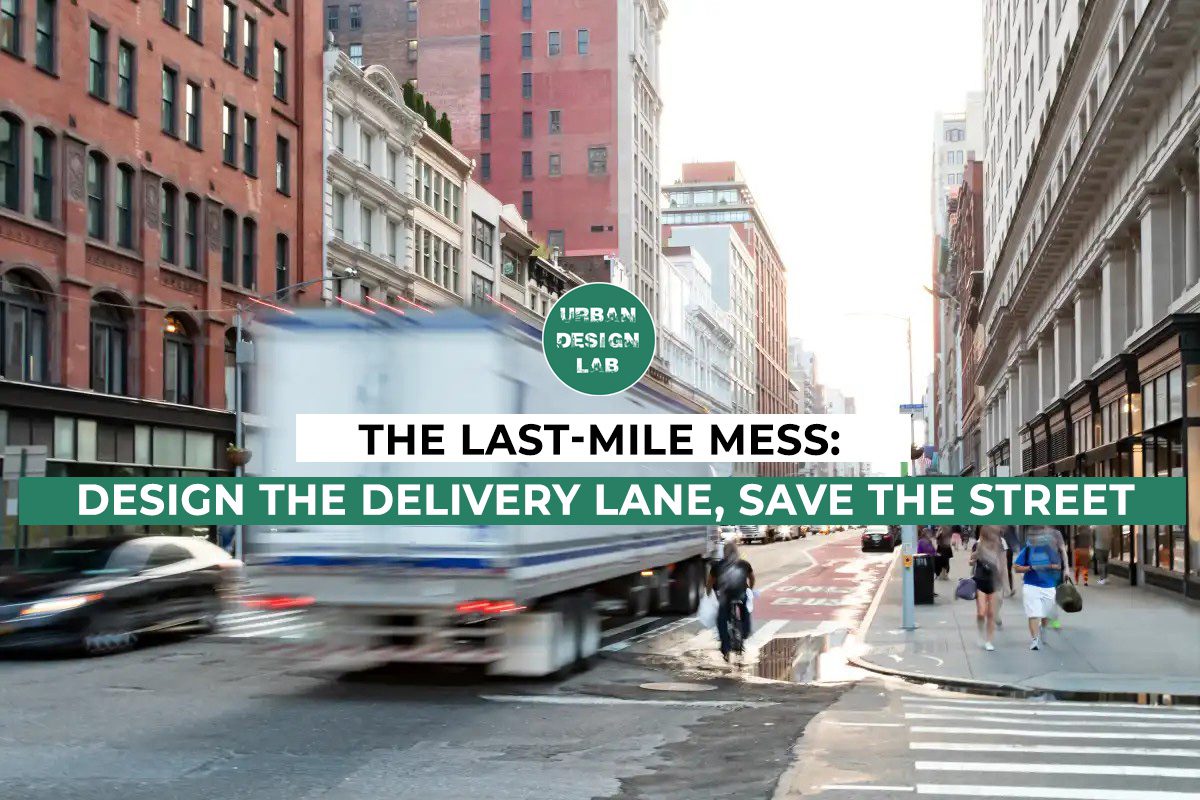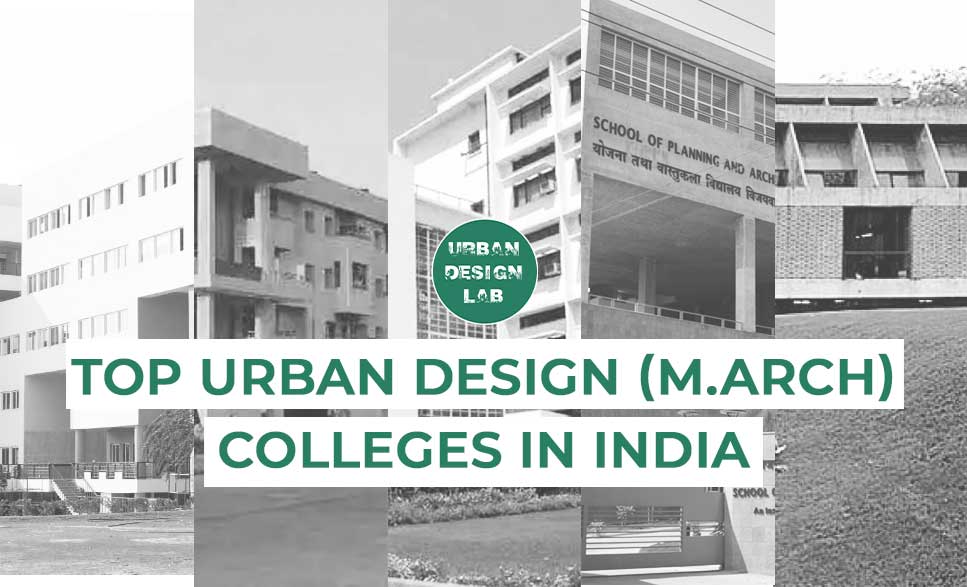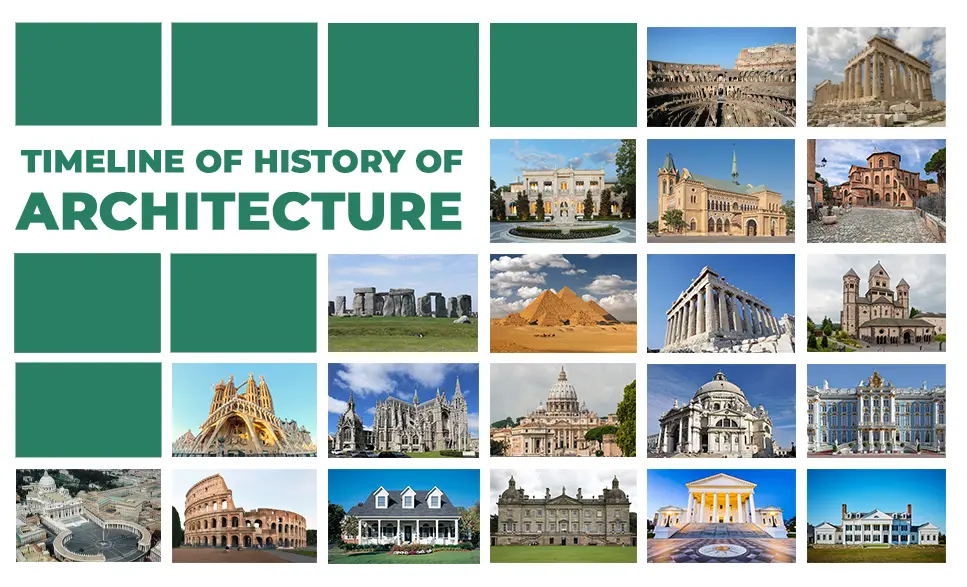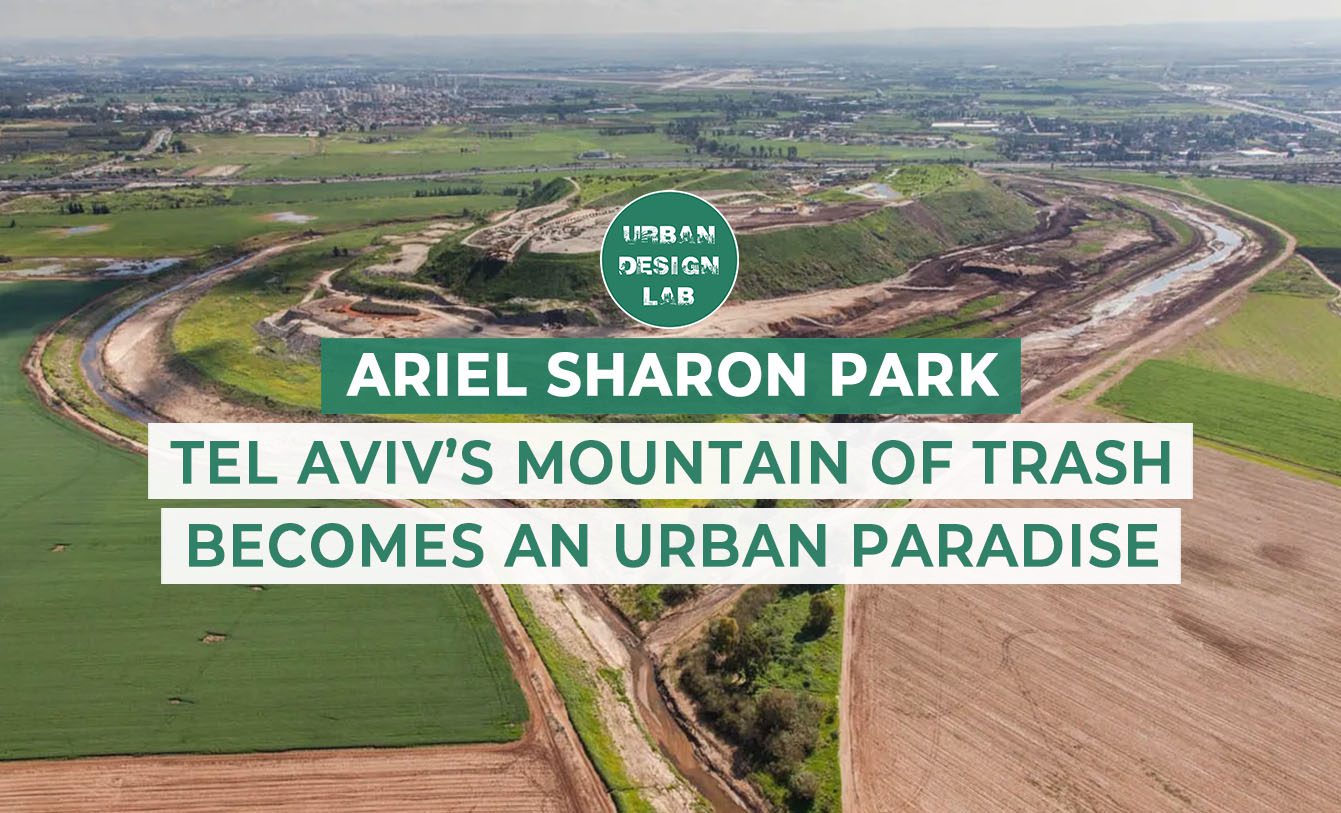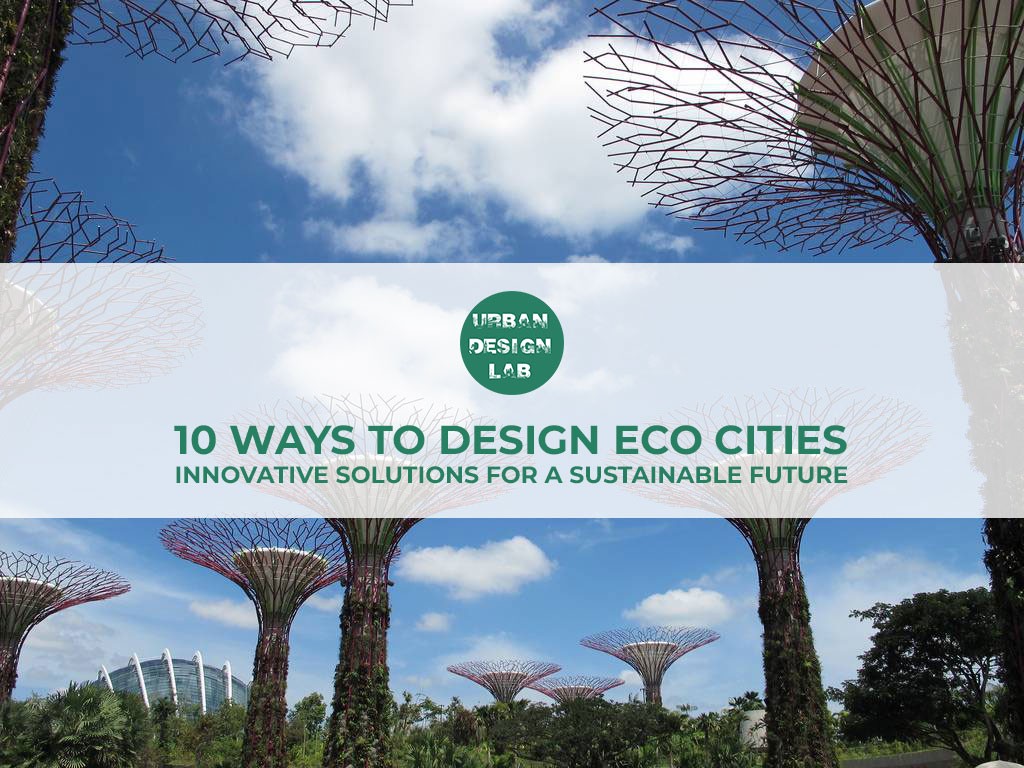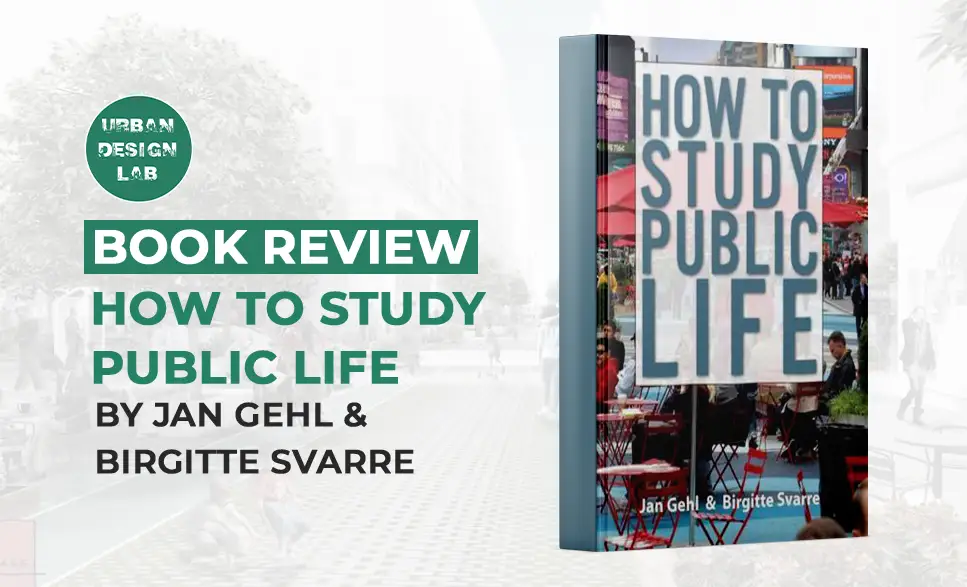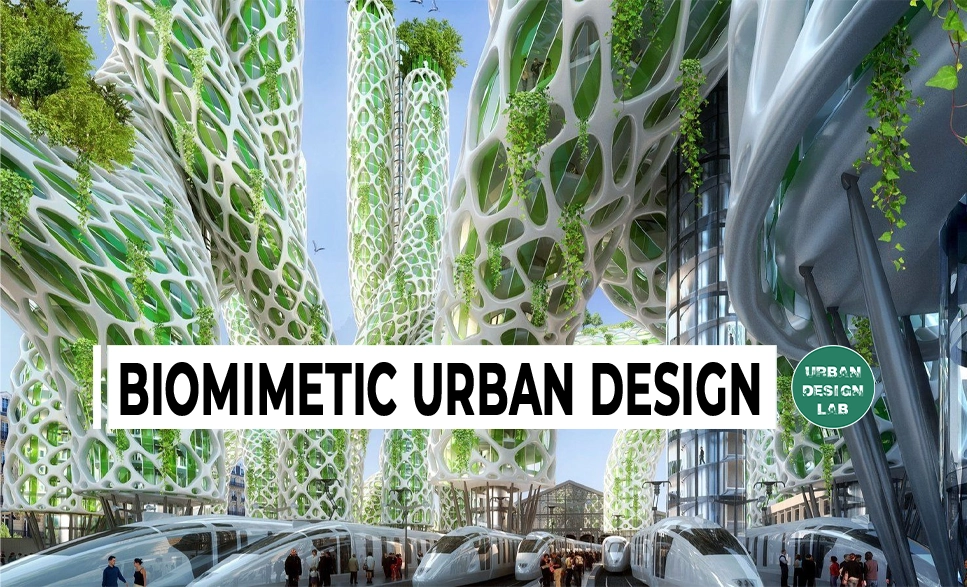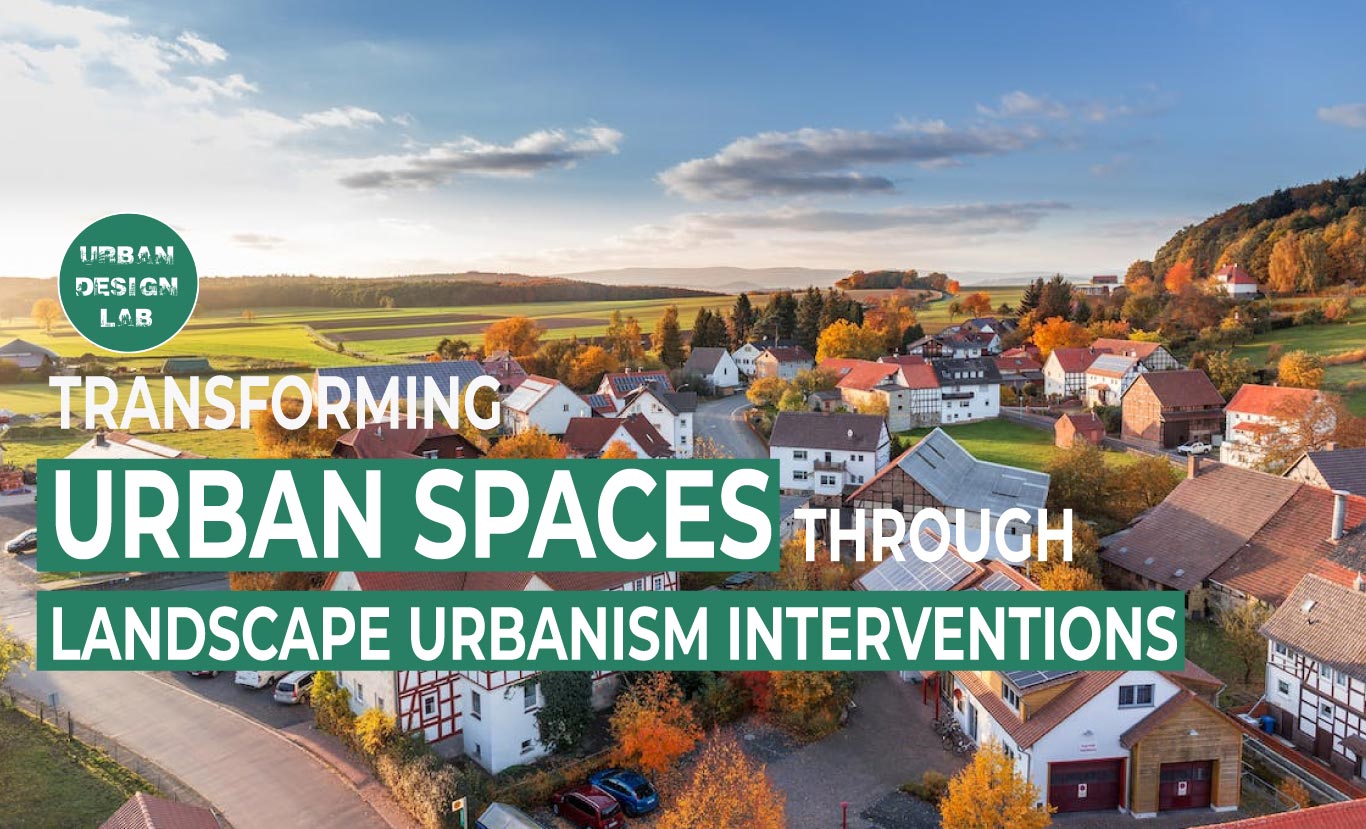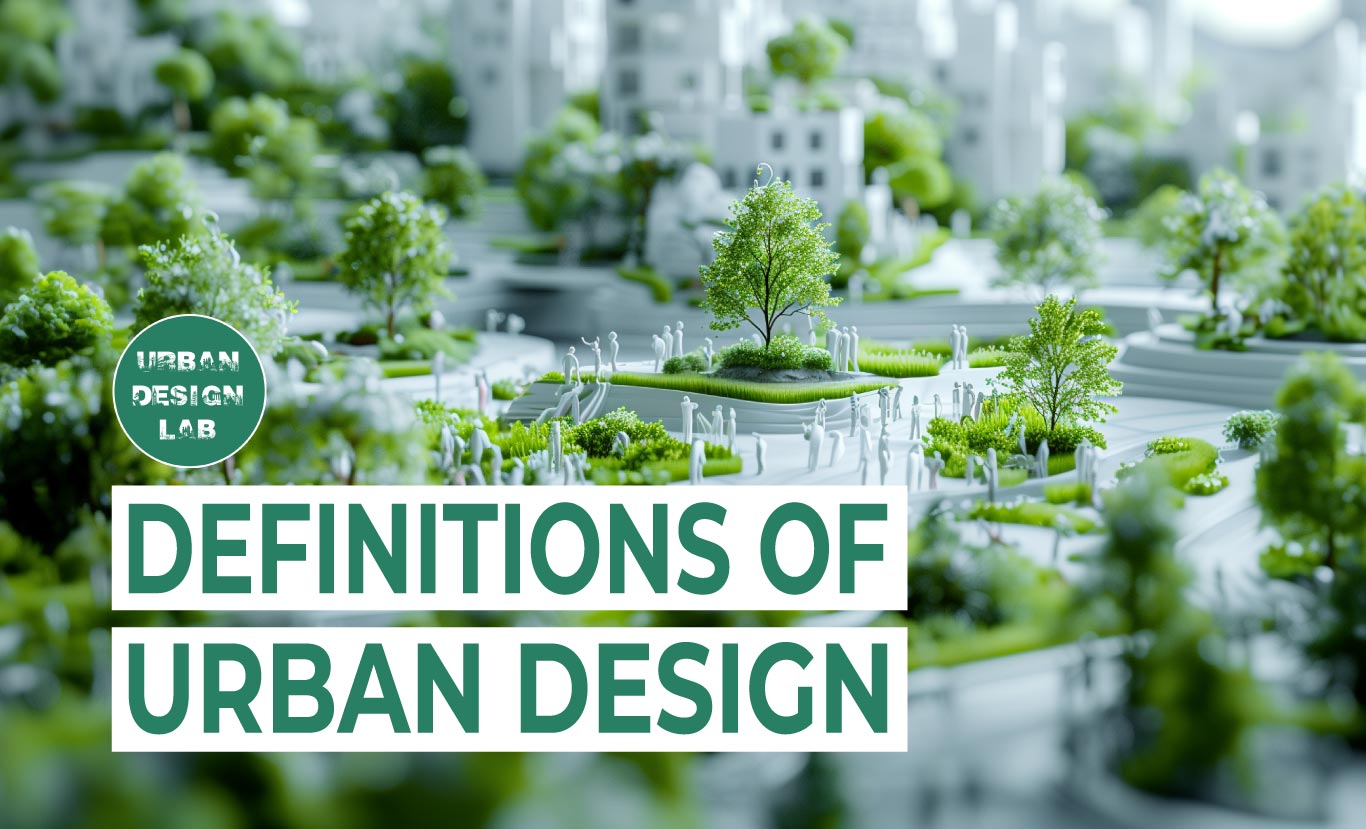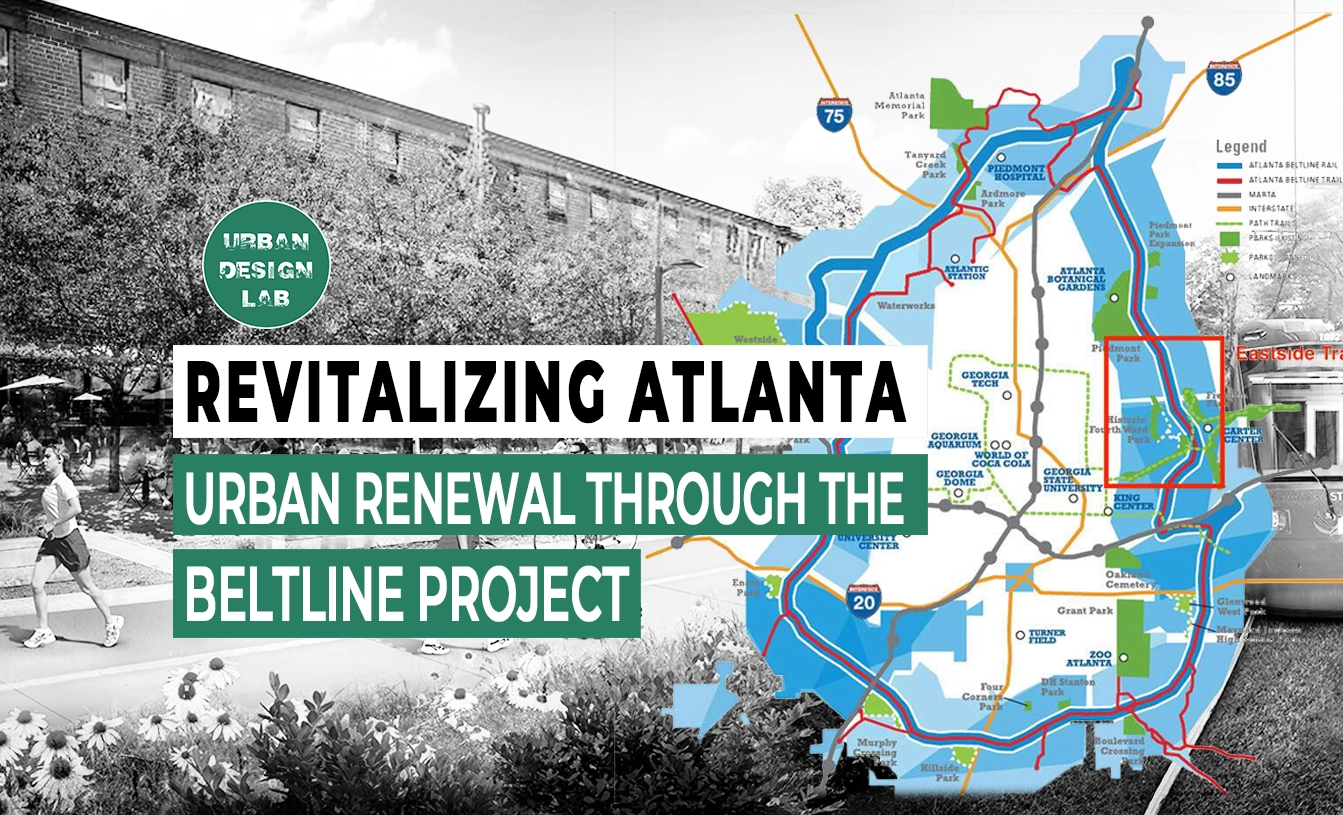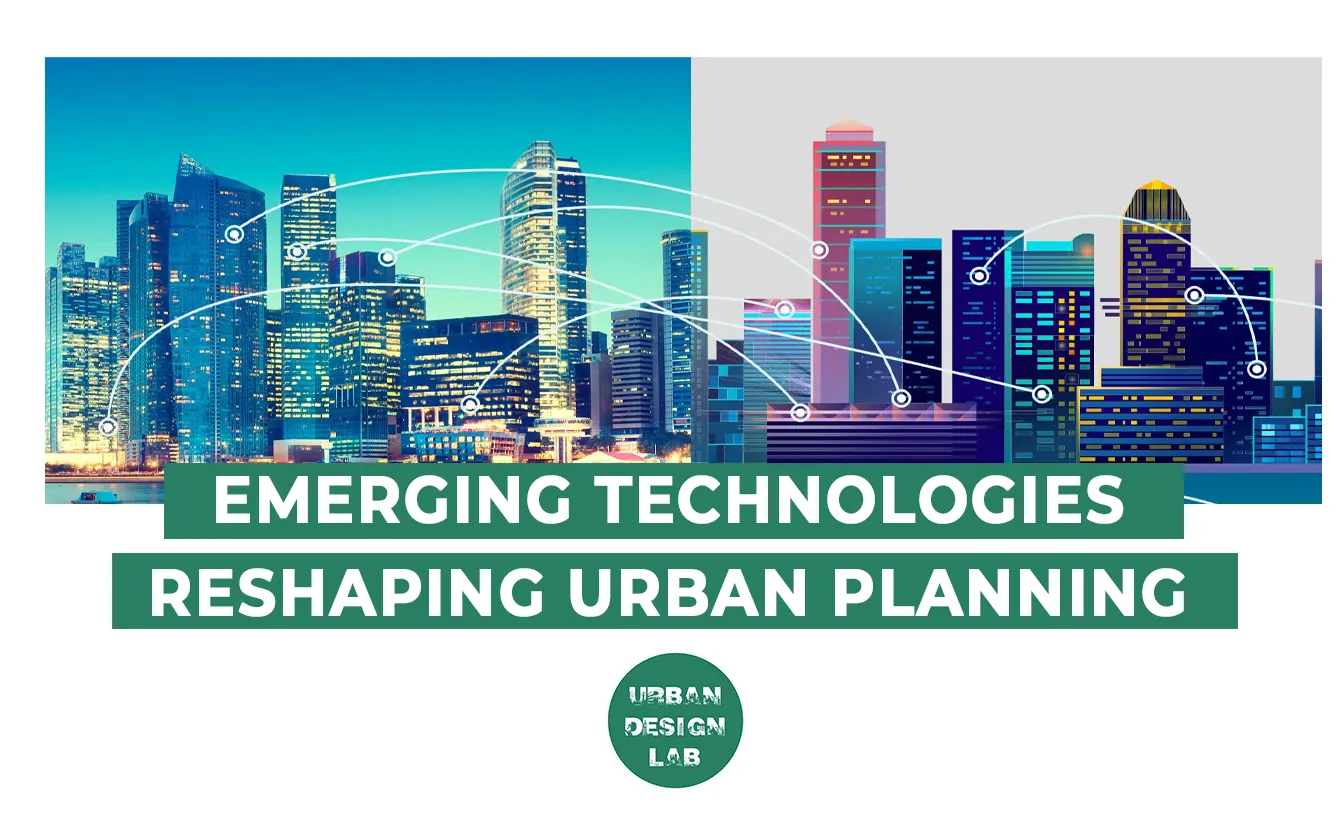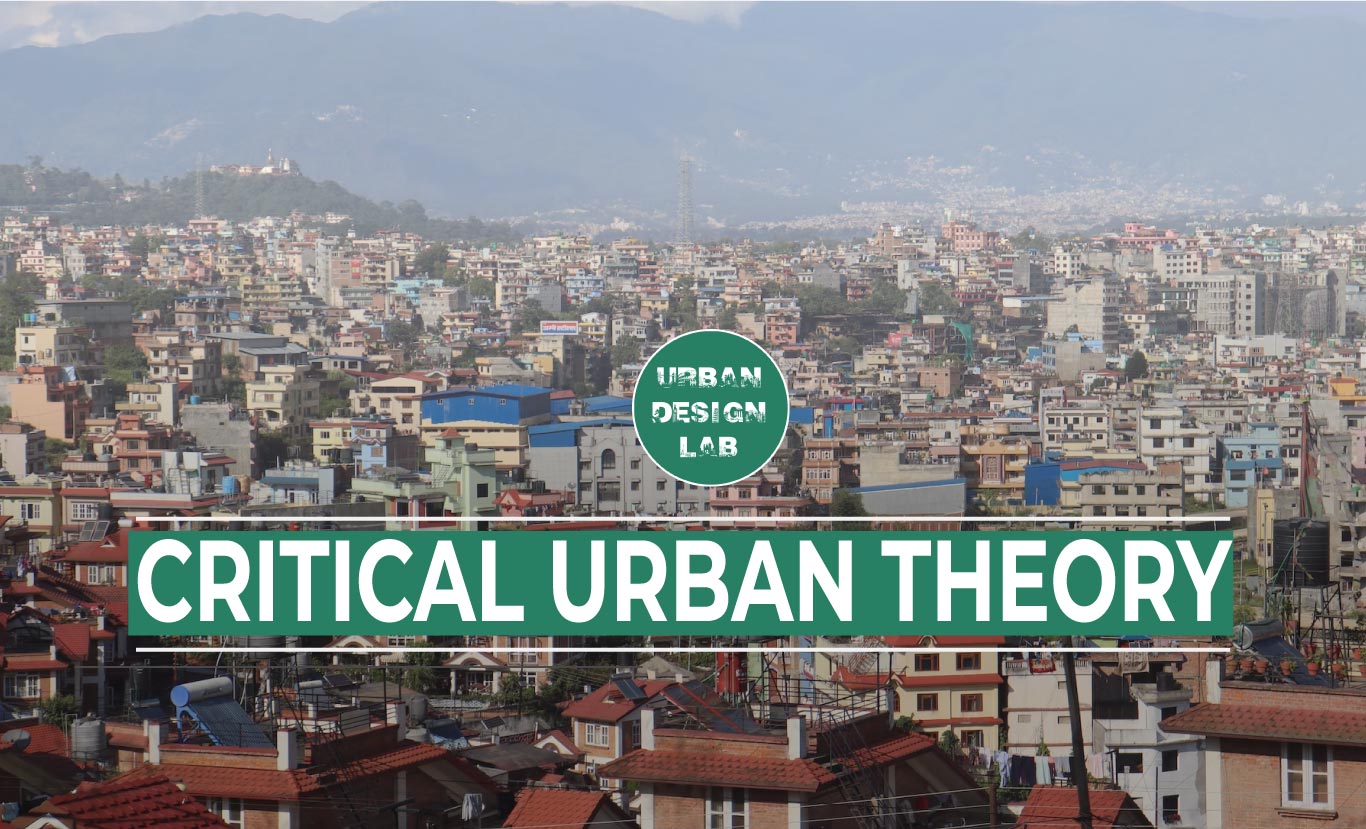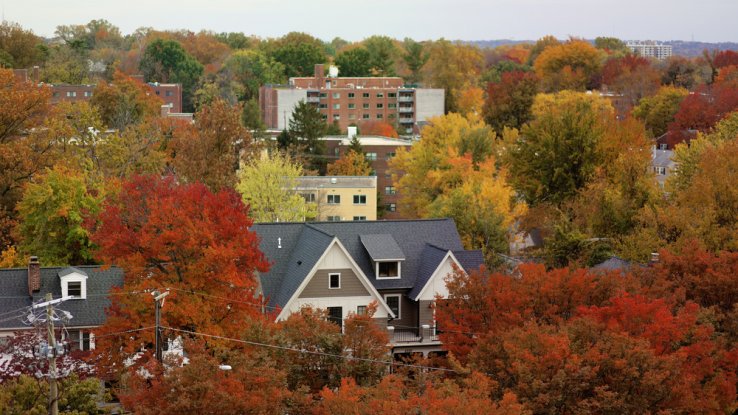
Tactical Urbanism: Revitalizing Public Spaces with Community-Led Initiatives
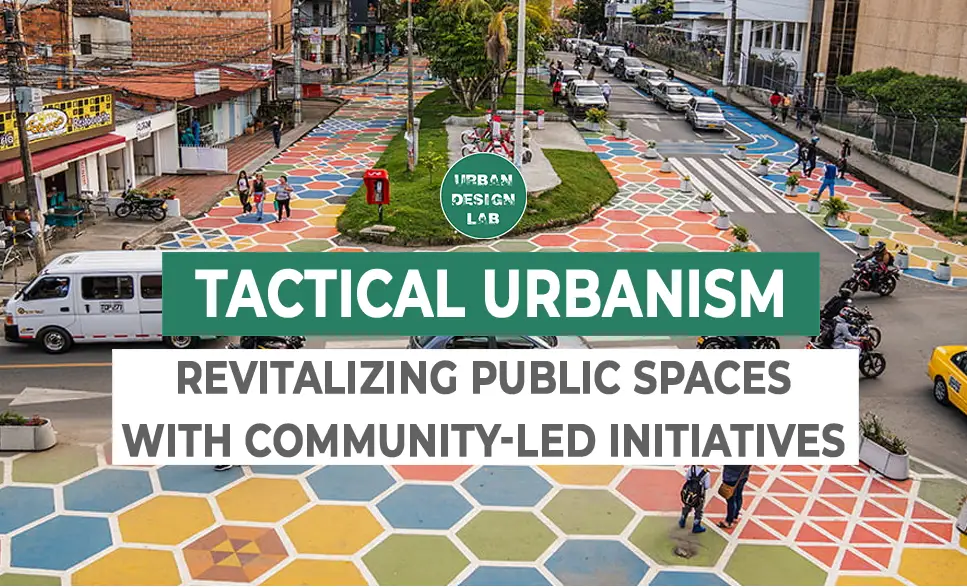
Tactical Urbanism emphasizes grassroots initiatives that empower communities to experiment with changes to their surroundings. This approach offers a responsive way to address local needs, improve the livability of neighborhoods, and test new concepts before investing in permanent infrastructure. As its core, Tactical Urbanism values the immediate feedback of local stakeholders, ensuring that the transformations align with residents’ needs.
What is Tactical Urbanism?
At its core, Tactical Urbanism champions grassroots initiatives that empower communities to actively experiment with and transform their immediate environments. This adaptive approach provides a responsive framework for addressing local needs, enhancing neighborhood livability, and piloting innovative concepts before committing to permanent infrastructure investments. By prioritizing the immediate feedback of local stakeholders, Tactical Urbanism ensures that each transformation aligns closely with residents’ desires and requirements. This collaborative and iterative process not only democratizes urban development but also fosters spaces that are both functional and reflective of the community’s unique character. Embracing Tactical Urbanism allows cities to remain flexible and resilient, continuously evolving to meet the dynamic needs of their inhabitants while celebrating the diverse voices that shape their urban landscapes.
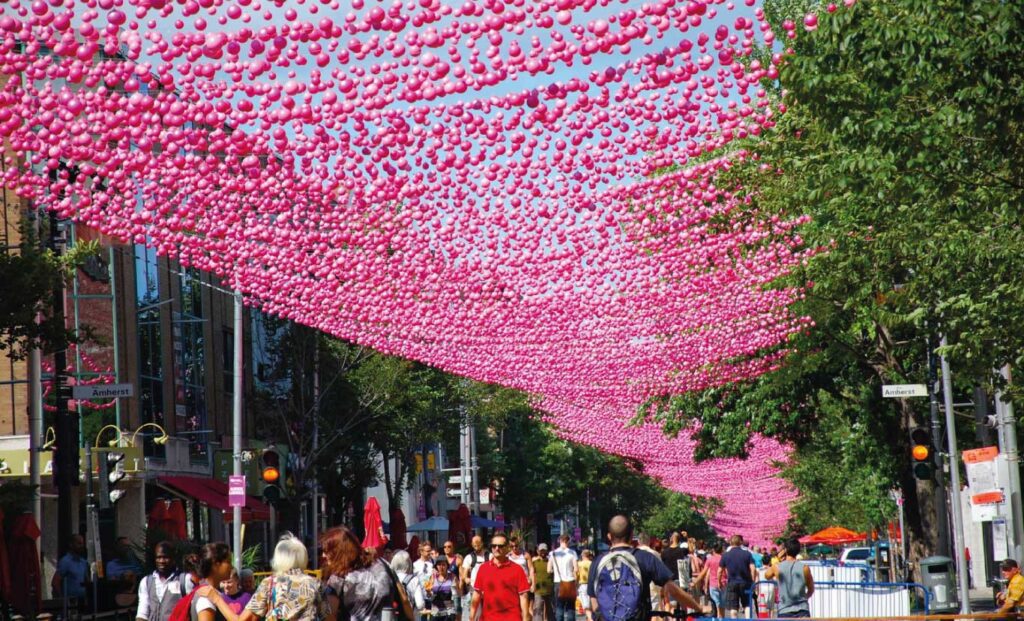
Why it is important?
In today’s rapidly evolving urban landscapes, Tactical Urbanism stands out as a dynamic approach to revitalizing public spaces. By prioritizing flexibility and community engagement, this strategy transforms everyday environments into vibrant, functional areas tailored to the unique needs of their inhabitants. Each Tactical Urbanism project serves as a collaborative canvas, inviting residents to actively participate in shaping their surroundings and fostering a sense of ownership and pride.
The strength of Tactical Urbanism lies in its adaptability and creative potential. Initiatives such as striking murals adorning abandoned walls, temporary playgrounds sprouting in empty lots, and pop-up markets occupying vacant storefronts illustrate how underutilized spaces can be ingeniously repurposed to serve public interests. These interventions not only introduce a mix of economic, cultural, and recreational activities but also enhance the social fabric of urban areas. By embracing diverse ideas and encouraging collaboration, Tactical Urbanism cultivates inclusive public spaces that reflect and celebrate the distinct identities of each community. Although individual projects may appear modest, their collective impact drives significant urban regeneration, challenging traditional urban planning paradigms by fostering a culture of experimentation and continuous improvement.
As cities continue to grow and evolve, Tactical Urbanism offers a scalable and sustainable pathway to creating more resilient and engaging public spaces. Urban designers and community leaders are encouraged to leverage this approach, harnessing local creativity and fostering partnerships that can transform vacant or neglected areas into thriving hubs of activity. By prioritizing small-scale, iterative projects, cities can adapt to changing needs and preferences, ensuring that public spaces remain vibrant and relevant for years to come. Embracing Tactical Urbanism not only enhances the aesthetic and functional quality of urban environments but also strengthens community bonds, paving the way for a more inclusive and dynamic urban future.
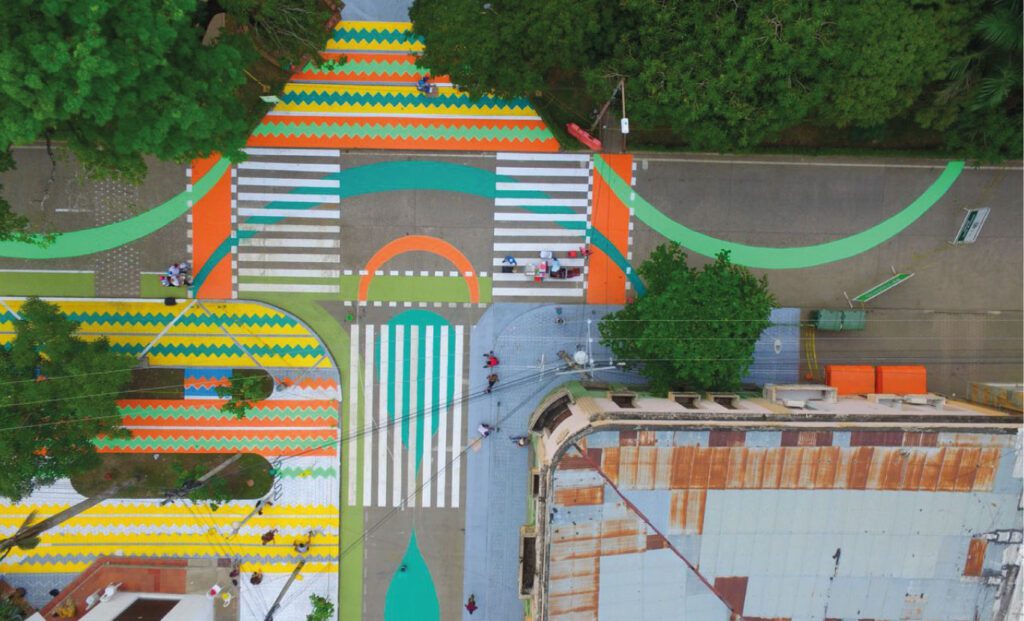
Source: Website Link
Community engagement
Community engagement in Tactical Urbanism builds civic pride and allows residents to have a direct impact on their urban environment. By being active participants rather than passive recipients, community members develop a stronger connection to the spaces they help transform. This empowerment builds lasting bonds and strenghtens neighborhood ties, which can be particularly beneficial in communities that may feel overlooked or marginalized by traditional urban planning processes. In the end Tactical Urbanism thus becomes a tool for social cohesion, helping foster collective stewardship of public spaces and nurturing a culture of engagement.
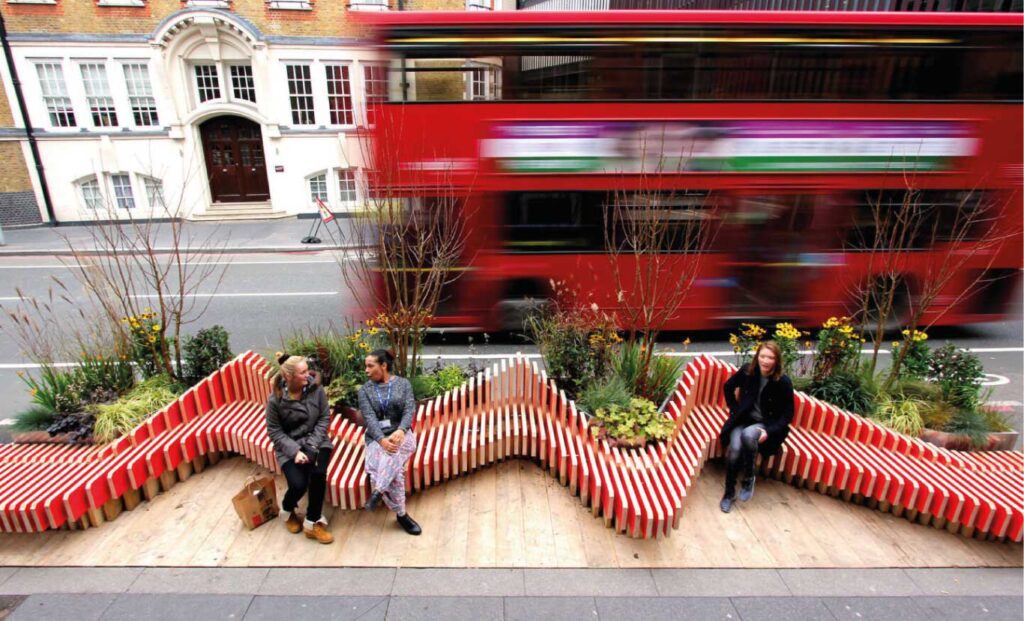
Environmental sustainability
Tactical Urbanism also contributes to environmental sustainability by promoting pedestrian-friendly spaces and green initiatives. Many Tactical Urbanism projects encourage walking, biking, and other forms of sustainable transportation, reducing reliance on cars and contributing to a decrease in urban carbon emissions. Green interventions, such as parklets with native plants, also increase local biodiversity and offer urban residents more natural spaces. These environmentally-conscious designs can be implemented quickly and provide residents with immediate access to greener, healthier spaces, contributing to long-term sustainability goals.
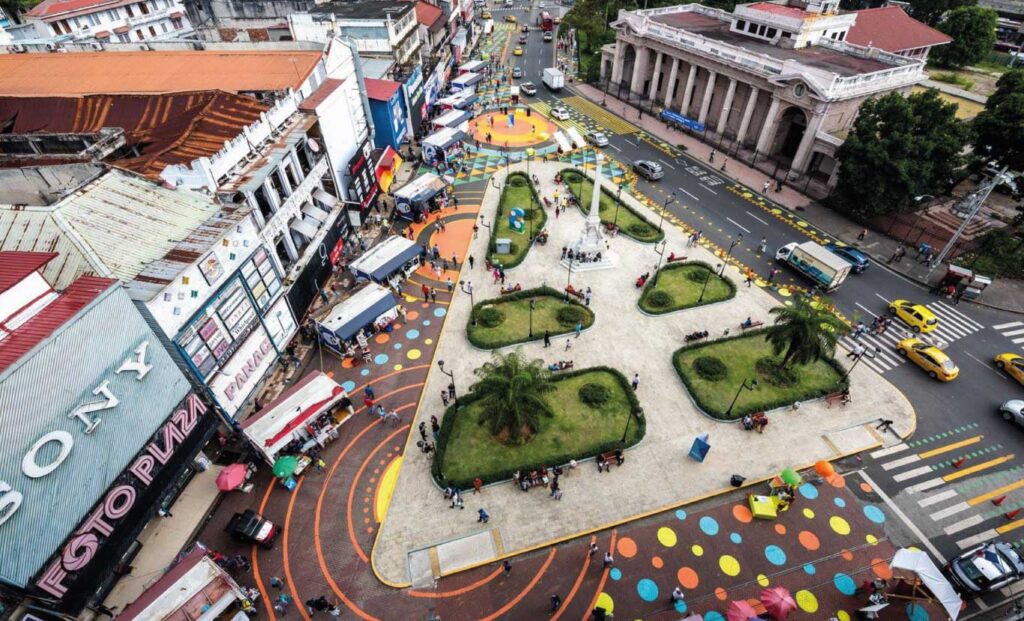
Tactical Urbanism effectiveness
The success of Tactical Urbanism lies in its power to bring people together and create a shared sense of ownership over public spaces. These community-led interventions not only beautify and repurpose neglected areas but also empower residents to engage with their city actively. By deocratizing urban development and making it more accessible, Tactical Urbanism offers a pathway to more equitable and resilient cities. As more communities embrace this model, it has the potential to reshape the way we view urban planning, making it a participatory, inclusive, and responsive process that genuinely reflects the people it serves.
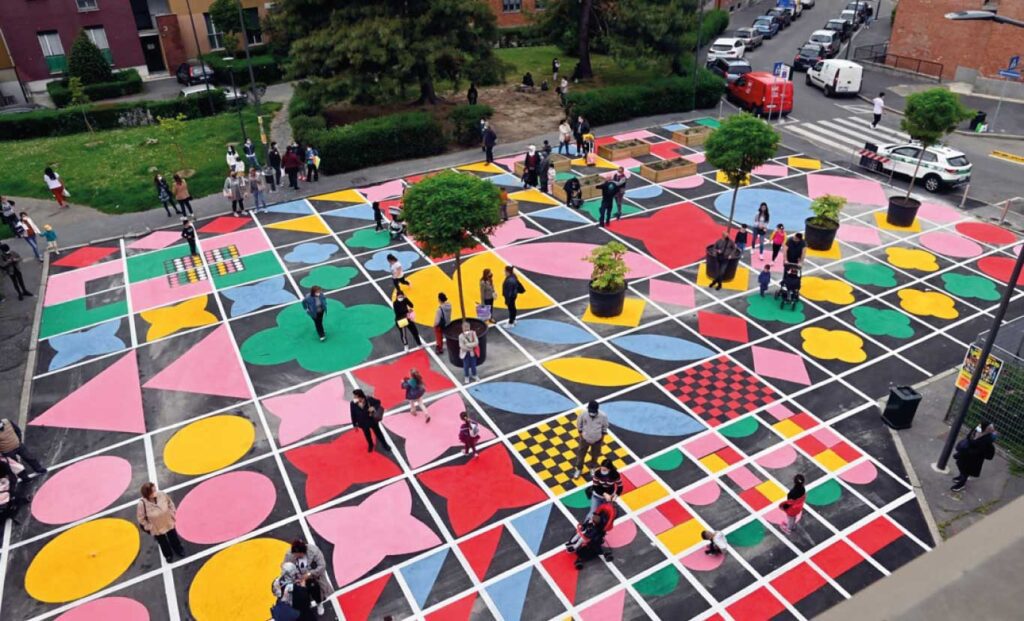
Tactical Urbanism as a catalyst
One of the most powerful aspects of Tactical Urbanism is its ability to act as a catalyst for larger, systemic change. While the projects themselves may be small-scale and temporary, the momentum they generate can influence long-term urban policy and inspire comprehensive improvements. For instance, a series of pop-up bike lanes or pedestrian zones can demonstrate demand and provide evidence for permanent infrastructure upgrades. The success of these projects often sparks discussions on resource allocation, zoning policies, and sustainable city planning, bridging the gap between temporary solutions and durable urban transformations. By offering proof-of-concept for ideas that may have once seemed too risky or unconventional, Tactical Urbanism reshapes the urban planning landscape, making it more dynamic, inclusive, and adaptable.
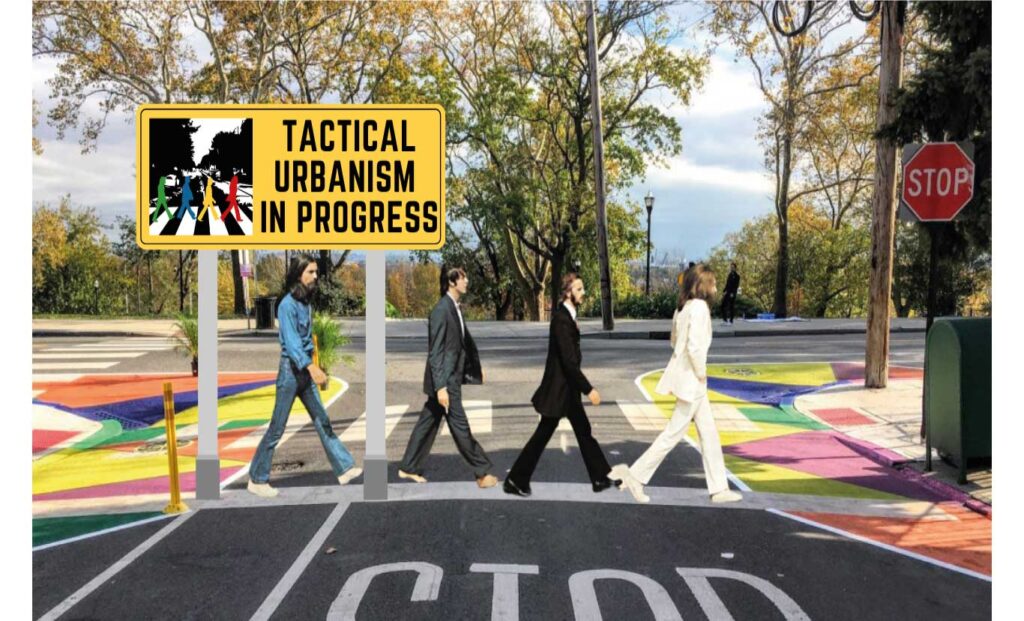
-1
-1
-1
Conclusion
In conclusion, Tactical Urbanism represents a transformative approach to city planning that empowers communities to reclaim and redefine their urban spaces. By prioritizing low-cost, flexible, and collaborative solutions, it revitalizes public spaces in ways that align with the needs and aspirations of local residents.
As cities worldwide face the pressures or rapid urbanization and environmental challenges, Tactical Urbanism stands out as an effective tool for fostering resilience, inclusivity, and sustainability. This community-led model not only revitalizes neglected areas but also reimagines urban life as something co-created and continually evolving. By making urban spaces more responsive, engaging, and reflective of local identities, Tactical Urbanism paves the way for a future where cities are not merely built but truly lived in and cherished.
References
- Lydon, M., & Garcia, A. (2015). Tactical Urbanism: Short-term Action for Long-term Change. Island Press.
- Silveira, T. (2020). “Community-led Public Space Design: Bridging Local Knowledge with Tactical Urbanism.” Urban Design International, 25(3), 215-227.
- Finn, D. (2014). “DIY Urbanism: Implications for Cities.” Journal of Urbanism: International Research on Placemaking and Urban Sustainability, 7(4), 381-398.
- Gehl, J. (2011). Life Between Buildings: Using Public Space. Island Press.
- Hou, J. (2010). Insurgent Public Space: Guerrilla Urbanism and the Remaking of Contemporary Cities. Routledge.
- Mould, O. (2014). “Tactical Urbanism: The New Vernacular of the Creative City.” Geography Compass, 8(8), 529-539.
- Bishop, P., & Williams, L. (2012). The Temporary City. Routledge.
- Douglas, G., & Rabbidge, M. (2019). “Reclaiming Public Space through Tactical Urbanism.” Urban Studies, 56(10), 2187-2203.
- Salek, A. (2019). “Pop-up Parks and Placemaking: Tactical Urbanism in the Revitalization of Public Spaces.” Landscape and Urban Planning, 187, 130-139.
- Franco, M., & Shahani, V. (2021). “From Temporary to Permanent: Evaluating the Impact of Tactical Urbanism Interventions.” Journal of Urban Design, 26(2), 161-178.

Asia Druda
About the author
Asia Druda is a researcher and architect whose work focuses on the intersections of green spaces, health, and landscape planning. Currently publishing in Thesis Publication 2024 with Urban Design Lab.
Related articles


Architecture Professional Degree Delisting: Explained

Periodic Table for Urban Design and Planning Elements


History of Urban Planning in India
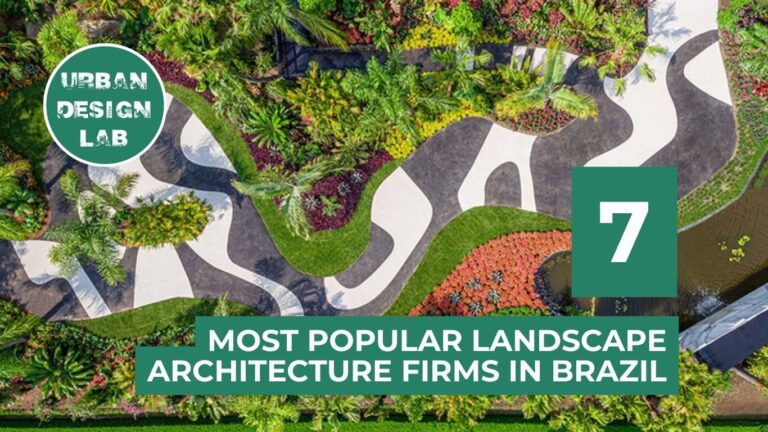
Top 7 Landscape Architecture Firms in Brazil You Should Know
UDL GIS
Masterclass
Gis Made Easy- Learn to Map, Analyse and Transform Urban Futures
Session Dates
15th-19th December 2025

Urban Design Lab
Be the part of our Network
Stay updated on workshops, design tools, and calls for collaboration
Curating the best graduate thesis project globally!

Free E-Book
From thesis to Portfolio
A Guide to Convert Academic Work into a Professional Portfolio”
Recent Posts
- Article Posted:
- Article Posted:
- Article Posted:
- Article Posted:
- Article Posted:
- Article Posted:
- Article Posted:
- Article Posted:
- Article Posted:
- Article Posted:
- Article Posted:
Sign up for our Newsletter
“Let’s explore the new avenues of Urban environment together “

























